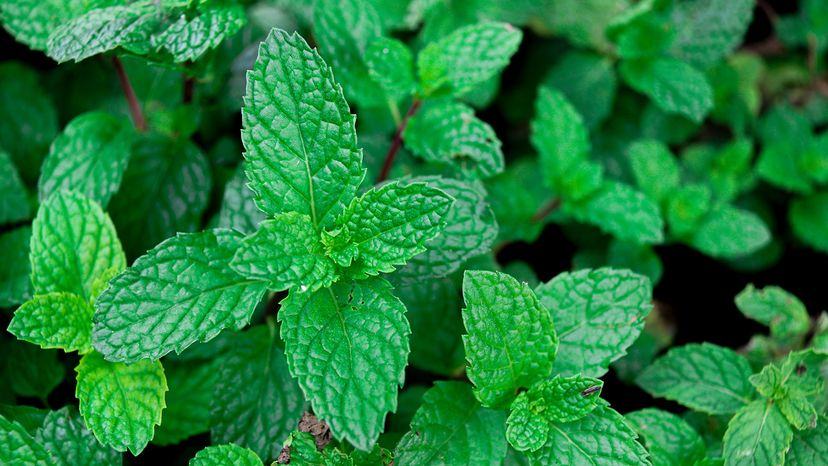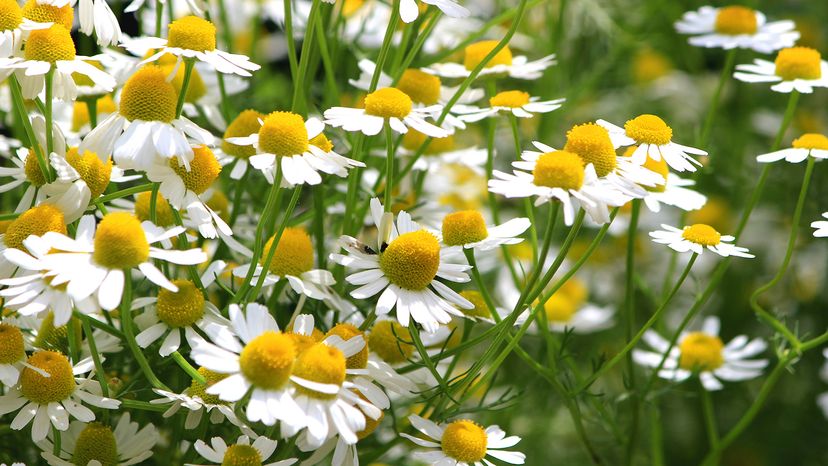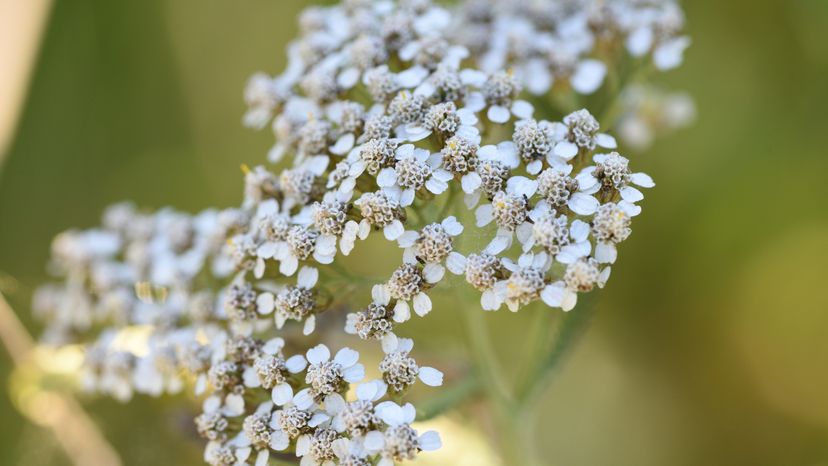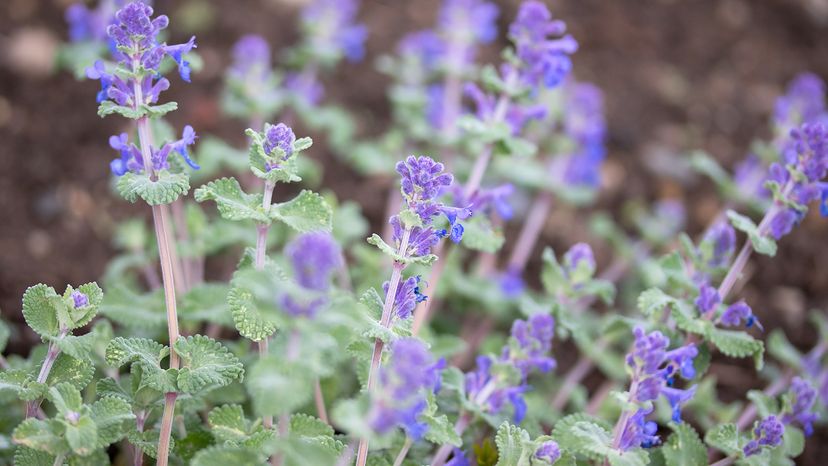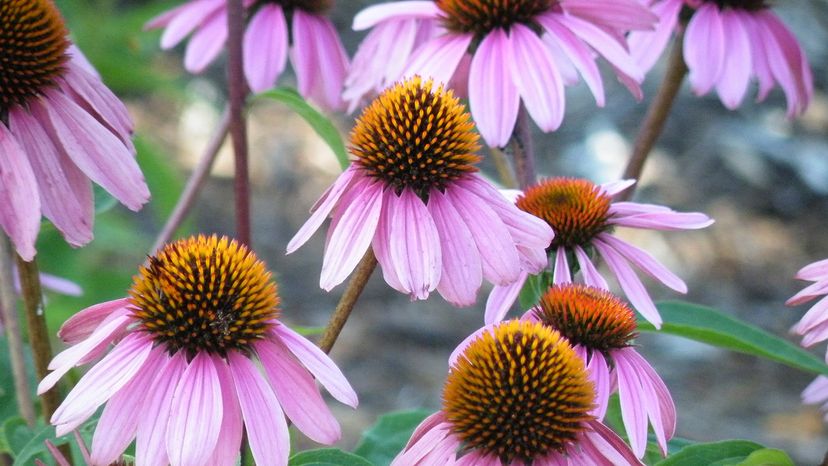
Key Takeaways
- Solar yard lights convert sunlight into electrical energy during the day, store it in batteries and then power the lights at night.
- They typically consist of solar cells, a battery, LEDs and a controller that determines when to switch the lights on and off based on the surrounding light level.
- The efficiency of solar yard lights depends on the quality of their components, especially the solar cells and the battery, and is sufficient for marking paths rather than providing full illumination.
Long before humans had pharmaceuticals at our disposal, we depended on plant remedies to cure and treat our ailments. Archeologists have found evidence of herbal medicine practice from as far back as 60,000 years ago. Now, of course, we have the wonders of modern medicine. But knowledge of plant remedies persists; according to the World Health Organization, 75 percent of the world's population uses herbal remedies for basic health needs.
The world of plant-based medicine is vast, but you may be surprised at the health benefits just a few common herbs could provide. No one's suggesting you stop seeing your doctor (definitely don't do that!), but with immune-boosting plants and herbal remedies for minor ailments, you may find yourself visiting them a little less.
Advertisement
"I believe that plant medicine is a very practical, yet in-depth study," says Jenel Schaffer, a certified herbalist and owner of the Pennsylvania-based Sheep Hill Herbs.
"Many generations have lost the art and knowledge, as well as wisdom of the plants. Herbalists have been called quacks and witches and been discredited for a few hundred years," Schaffer says. "To return to the knowledge, there needs to be a learning, a passing down, from those who have studied, or who have been taught by parents and grandparents, and elders who preserved this wisdom."
The really great news is that many medicinal herbs are super easy to grow and even have added benefits for your garden itself. The list of plants and herbs with medicinal qualities is long, to say the least, but it's a good idea to start with things you're at least a little familiar with. These plants are easy to find at your local nursery or grow from seed, but they're also medicinal powerhouses.
So, if you're interested in dipping a toe into medicinal herb gardening, here's how to get started.
Advertisement
